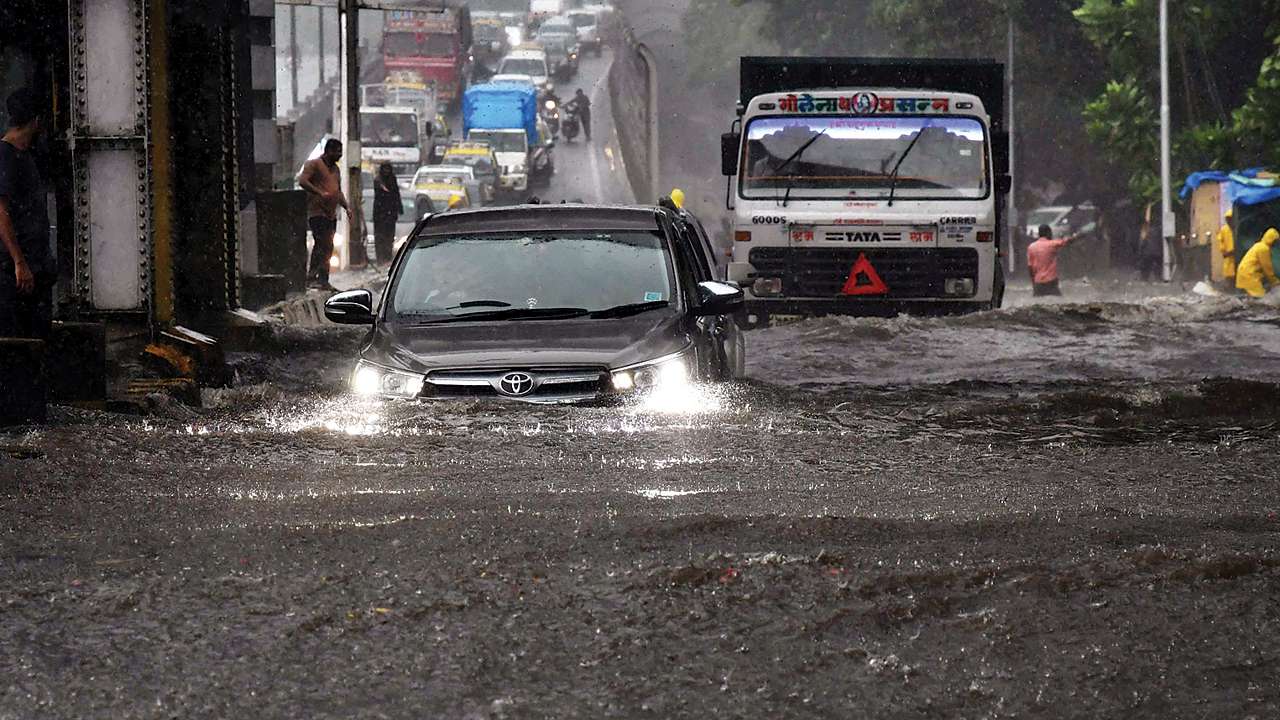
Nemechi yeto mag pavsala’ (Rainfall is a regular affair). The Brihanmumbai Municipal Corporation seems to have taken the Marathi adage to heart, considering the sheer nonchalance with which it approaches monsoon preparation and response year after year.
Sitting pretty on a Budget kitty exceeding Rs 30,000 crore, the civic body annually makes tall promises, only to break them come rains. In the earlier years, when fingers were pointed at it for its failures, the civic body used to rationalise the lapse. It then promised better-augmented services next year.
However, going by the utterances of senior civic officials in the last few days, one gets the impression that South Asia’s richest civic body has seemingly given up altogether. The Mayor goes on record to claim that Mumbai didn’t flood.
Sometimes, the comments of officials border on sheer insensitivity. When asked about the Malad wall collapse which killed 24 people, a senior civic official said that the slums where the mishap happened were all illegal. Ironically, the officer seemed oblivious to the fact that it is the very BMC that is responsible for illegal slums’ demolition.
The array of excuses that the body offers are often varied and colourful. The city is shaped like a saucer, which when flooded, drains out the water in the sea. However, when lashed with heavy rains coupled with a high tide, the reverse happens.
We have the capacity of only draining out 50 mm of water. If it rains any further, the city floods. Due to pending litigation, we are yet to augment and add two more pumping stations to the current list of six. This and many, the list is endless.
A fact check by DNA brought to light that in the last decade, there were at least one or two days when the city received more than 10% of the season’s rain within a day. The gaping problem is seen, witnessed and observed year after year by the powers that be; however, an integrated rain management plan — not reactive in nature but which plans for at least 20 years — remains a pipe dream. The elephant in the room is that it is not due to a shortage of budget, but rather the lack of desire to change.
Going by its own estimates, the BMC has spent Rs 153 crore this year on the cleaning of nullahs. It has further spent Rs 50 crore on trimming and cutting of trees. It has spend an additional Rs 15.86 crore on filling potholes. All this spending took place before the monsoon. But, with no accountability for the taxpayers’ money, as soon as it rains, the BMC’s abject failure to contain havoc comes to fore.
The city also has some perennial flood spots like King Circle, Hindmata, Andheri Subway and Malad subway, but the civic body seems to be in no mood to involve technological intervention to tackle the situation. It has been 14 years since the July 26, 2005 floods when the city received 944 mm of rainfall in a single day. Havoc ensued thereafter, and more than 1,000 people lost their lives. The stormwater drainage system of the city is around 400 km-long that belongs to1860 British era. The BMC, meanwhile, claims that with improvements since the July 26 menace, it can handle up to 50 mm of rains. This is grossly inadequate for a city like Mumbai.